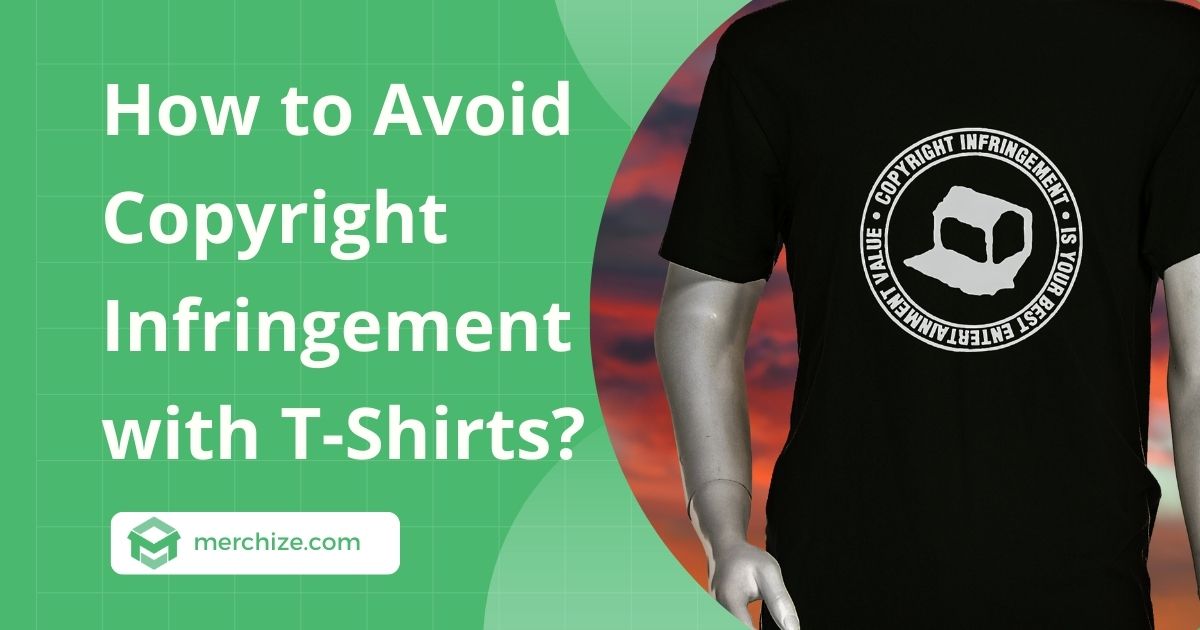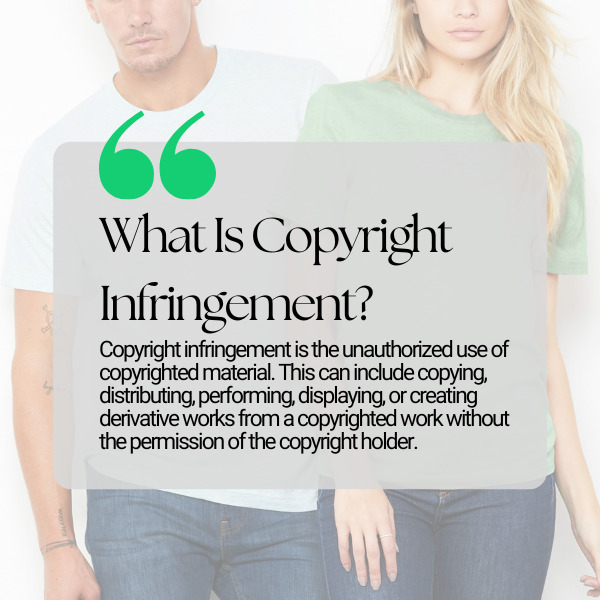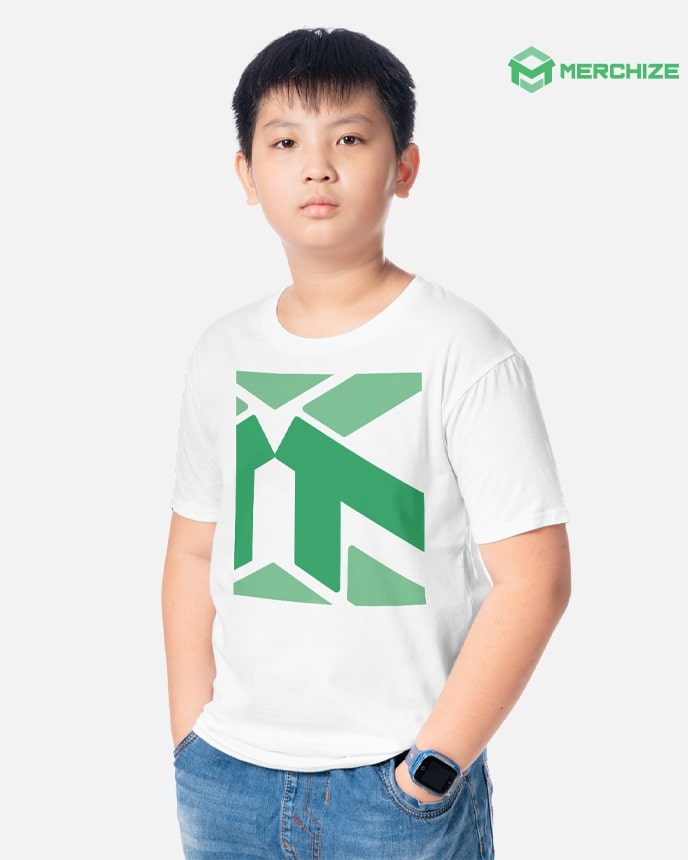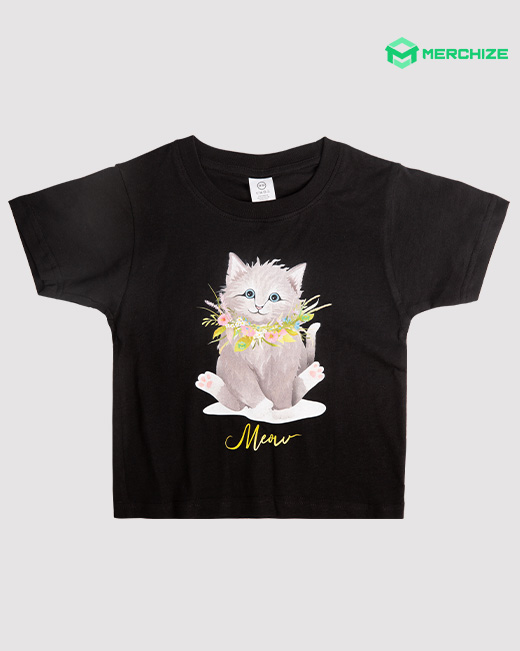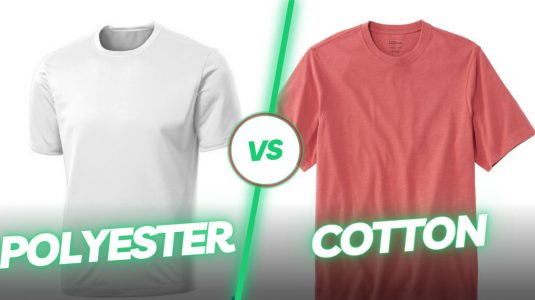Contents
- What is Copyright Infringement?
- How Does Copyright Infringement Apply to T-Shirts?
- How to Avoid Copyright Infringement with T-Shirts?
In today’s digital age, the phrase “content is king" rings true. As a result, the protection of intellectual property is more crucial than ever before. The area of Print On Demand where piracy is common is designing and selling t-shirts. Whether you’re a budding fashion designer or an entrepreneur looking to start a t-shirt business, it’s essential to navigate the complex waters of copyright laws. Let me break down how to avoid copyright infringement with t-shirts and provide insight into this critical topic.
What is Copyright Infringement?
Copyright infringement is the unpermitted use, Sharing, or reproduction of copyrighted materials without the explicit permission of the owner. This not only includes the plagiarism of copyrighted content but also encompasses hacking or altering of the original work, such as adding personal commentary. Infringement can manifest in various forms, like using a recognizable movie character’s likeness or incorporating a famous quote on merchandise without permission or acknowledgments.
Real-world Implications and Ramifications
The gravity of this violation is immense. Infringements have spread various media—be it pirated movies, plagiarized art on social platforms, or illegal music downloads. When brought to the limelight, these can lead to:
- Civil Penalties: The guilty parties might face monetary damages that can range anywhere from $750 to a huge $150,000 per infringed work. Additionally, the infringer may pay the costs of lawsuits and attorney fees.
- Criminal Consequences: On the more severe end of the range, the infringer might face criminal fines amounting to $250,000 per offense and could even face imprisonment of up to 5 years.
For a t-shirt entrepreneur, the consequences of an infringement can be disastrous—a tainted reputation, potential legal battles, financial burdens, and even the threatening cloud of imprisonment. It isn’t merely about the financial costs but also about the cannot be undone damage to one’s brand and credibility.
Exceptions and Considerations
However, it’s essential to note that not all interactions with copyrighted content break the law. Certain exceptions, under the doctrine of fair use, allow individuals to utilize copyrighted materials for specific purposes like criticism, commentary, or educational purposes without seeking the copyright holder’s approval. This can include things like streaming a game playthrough or creating a parody.
Still, even with these exceptions, it’s good to be super careful. Seeking permissions, understanding material policies, and maybe even paying for the right to use it can keep you from accidentally getting into trouble.
How Does Copyright Infringement Apply to T-Shirts?
When looking at the link between t-shirts and copyright, we must first appreciate the basic idea: copyright laws protect the unique expression of ideas, rather than the core ideas themselves. This distinction means that while an idea can’t be protected, the way it’s expressed (through art, literature, music, or any other way) can be.
Applied to t-shirts, this principle translates to the prohibition of using copyrighted elements such as:
- Iconic Characters: Think of protagonists from blockbuster movies or beloved TV series.
- Business Logos: These include brand symbols or any other distinctive sign associated with a business.
- Musical Lyrics: Excerpts from famous songs that are protected by copyright.
- Literary Quotations: Lines lifted from bestselling books or renowned poems.
- Artistic Creations: Illustrations, photographs, or any form of visual art.
Youth t-shirt with merchize logo
Learn the ins and outs of print on demand copyright with this comprehensive guide. This article covers everything you need to know
How to Avoid Copyright Infringement with T-Shirts?
Looking around the world of t-shirt design can be tricky, especially when dealing with potential copyright issues. Let’s delve into the best practices to become a professional designer while respecting intellectual property rights and minimizing legal troubles.
Understand Copyright Laws Based on Location
To ensure you’re on the right side of the law when selling t-shirt designs, it’s essential to be well-informed about the specific copyright laws of your business location. Copyright laws protect original works of authorship, including artistic creations, from unauthorized use. However, these laws aren’t universal; they can vary significantly depending on where you are.
Why we have copyright rules
Copyright laws are designed to grant the creators of original works special rights to their creations for a specific period. This protection ensures that creators can benefit from their hard work, either through sales or recognition.
Variations Across Countries
Different countries have different rules and durations for copyright protection. While the basic principle remains the same, there can be small differences to be aware of.
For example:
- In the United States, copyright protection generally lasts for the life of the author plus 70 years. The US has a dedicated government website under Title 17 where one can find specific legal rules related to copyrights.
- The UK and Canada have their own sets of copyright laws and durations. It’s crucial to visit ttheir official copyright pages to understand these laws better.
What happens if you break rules
Not abiding by the copyright laws can lead to big troubles, from lawsuits to hefty fines. The severity of the offense can be contingent upon factors like intent, the extent of copied material, and the money lost caused to the original creator.
Research is Key
If you’re starting a t-shirt printing business, you need to be proactive. Invest some time in researching copyright laws for your specific location. Get the lowdown on the rules, the exceptions, and don’t hesitate to get some legal advice. Doing this not only keeps your business safe but also respects the hard work and creativity of other artists.
Create Original Designs
In the bustling world of t-shirt businesses, standing out is key. Creating your own designs not only keeps you outta legal trouble but also lets you carve out your own space in the market. So here’s how to get your creative juices flowing:
- Start with Inspiration: Instead of copying existing designs, draw inspiration from various sources. Nature, TV shows, your own life storie, or even abstract concepts can spark some killer design ideas.
- Sketch and Iterate: Begin with rough sketches and don’t be afraid to change ’em up again. This iterative process will help evolve your initial idea into a polished design.
- Use Design Software: Leverage professional software like Adobe Illustrator or CorelDRAW. They offer tools that can transform basic sketches into print-ready awesomeness.
- Stay Updated: Trends change, and so should your designs. Keeping a pulse on what’s popular can help you create designs that resonate with current tastes, ensuring your designs will always hit the mark and be in vogue..
- Collaborate: Think about joining forces with local artists or graphic designers. They can bring new flavors to your design mix, making your tees even more rad.
Create custom print on demand t shirt for with cute cat
Use Public Domain Resources
Another safe avenue for design is using materials from the public domain, which includes works whose copyright has expired or never had copyright. Resources like Pixabay, Wikipedia Commons, and Public Domain Pictures offer vast libraries of public domain materials, from images to quotes and slogans.
Consider Royalty-Free Images
Royalty-free images are not necessarily free of charge, contrary to what the term might imply. Instead, royalty-free refers to a type of license that allows you to pay once to use the imageuse it loads, within the terms of the license. However, the original creator retains the copyright, and you are essentially getting permission to use the image, not the copyright to the image itself.
There are many platforms provide royalty-free images, some of which are:
- Shutterstock
- Getty Images
- Unsplash (offers images that are free to use)
- Pixabay
Before downloading and using any image, read the license terms carefully. Some licenses might restrict commercial use or need a shout-out.
Obtain Permission for Copyrighted Material
If you’re keen on a specific copyrighted design, the ethical and legal approach is to obtain explicit permission from the copyright holder. Licensing agreements can be formalized to specify terms, fees, and the duration for which you can use the copyrighted material. These agreements should be detailed and signed by both parties to avoid future disputes.
Be Mindful of Non-Human Generated Art
The legal landscape around the copyright status of non-human generated art—be it a monkey’s selfie or AI-created artwork—is still evolving and subject to debate. Even law schools and legal geeks can’t agree if these belong to everyone or if someone has rights over them. Given the uncertain legal footing, exercise caution if you plan to commercialize art created by non-humans. Until there are clearer guidelines or legislation, using such works could expose you to unforeseen legal risks. It’s advisable to consult with a legal expert to navigate this gray area.
Utilize Non-Copyrighted Elements
Before you add any design stuff to your T-shirt project, you gotta make sure you don’t break any copyright rules. Here are some new tips:
- Look for Copyright marks: The “circle C" (©) is a usual sign, but not every copyrighted thing has it. Don’t assume no sign means it’s free to use.
- Examine for Watermarks and Ownership Notes: These can be copyright notices or just notes saying someone owns it. These are obvious clues that you can’t use it freely.
- Utilize Reverse Image Search: Tools like Google’s reverse image search can help identify the origins of an image or design, making it easier to determine its copyright status.
- Contact the Copyright Holder: If you find a design you like but aren’t sure if it’s copyrighted, ask them! Getting an OK means you’re good to go.
- Consult Legal Sources and Databases: Websites like Creative Commons or the U.S. Copyright Office provide valuable resources to check the licensing of various materials.
- Consider Professional Legal Consultation: If still in doubt, professional legal consultation can help you navigate the complexities of copyright law, offering personalized advice for your specific project.
In summary, the keys to avoiding copyright infringement in the t-shirt design industry are education, due diligence, and ethical practices. From creating your designs from the start to legal verification of materials, each step is crucial in building a clear and successful t-shirt business.
By sticking to these guidelines, you not only protect yourself but also respect the effort and creativity of other artists and creators.
